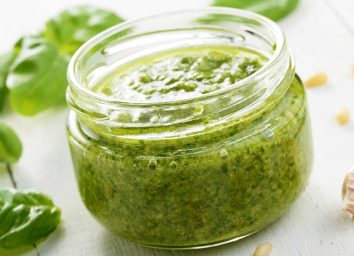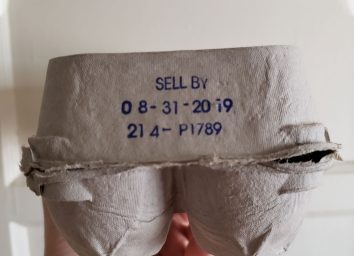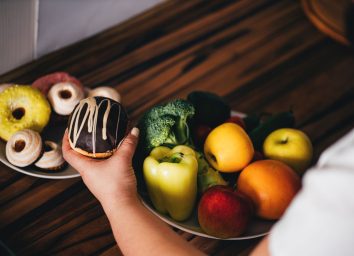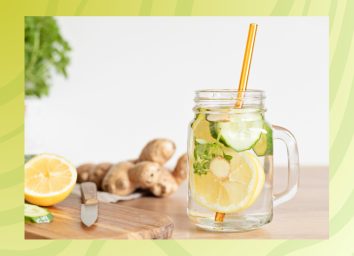12 Easy Ways You Can Cut Down on Food Waste Now, According to Experts
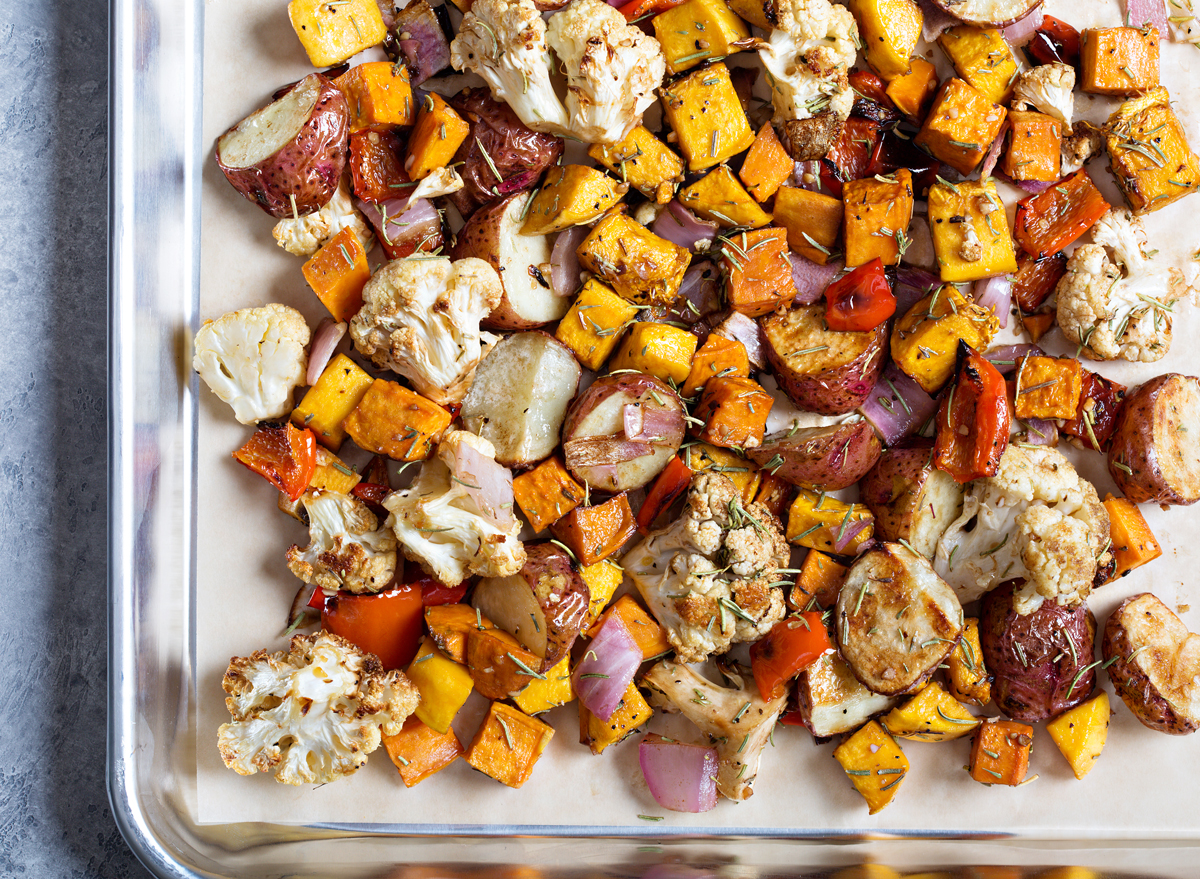
Thursday is Earth Day, and while we should all take measures to care for our planet every day, there's even more reason to go the extra mile today. From picking up trash at a public park or investing in a compost bin to reduce food waste, there are so many ways in which you can give the environment a little extra tender, loving care today.
Aside from composting—a process that enables food scraps and other organic materials which would otherwise go to waste to be repurposed as fertilizer for plants—there are other actions that you can take to reduce your individual food waste on a regular basis. According to Move For Hunger, a non-profit organization that has created a sustainable way for the relocation industry to reduce food waste and fight hunger, foods that end up in landfills produce a large amount of a powerful greenhouse gas called methane, which contributes to climate change. (Related: 100 Easiest Recipes You Can Make)
In addition to Move For Hunger, many other organizations and companies are actively helping prevent perfectly fine food from being tossed into the trash. For example, Too Good To Go (aka the #1 Anti-Food Waste App) connects users all over the U.S. and Europe to food items that weren't sold at grocery stores and restaurants.
"At Too Good To Go, we dream of a planet without food loss and waste and want to inspire and empower everyone to take action. It's the only way we'll get there," Lucie Basch, cofounder of Too Good To Go, says. "In just six months, app users have already saved over 200,000 meals, which is the carbon footprint equivalent of 491 flights between New York and London!"
To help you cut down on food waste, we asked several experts and chefs to share tips and tricks for how you can better support the environment and use up all of your groceries.
Plan ahead.
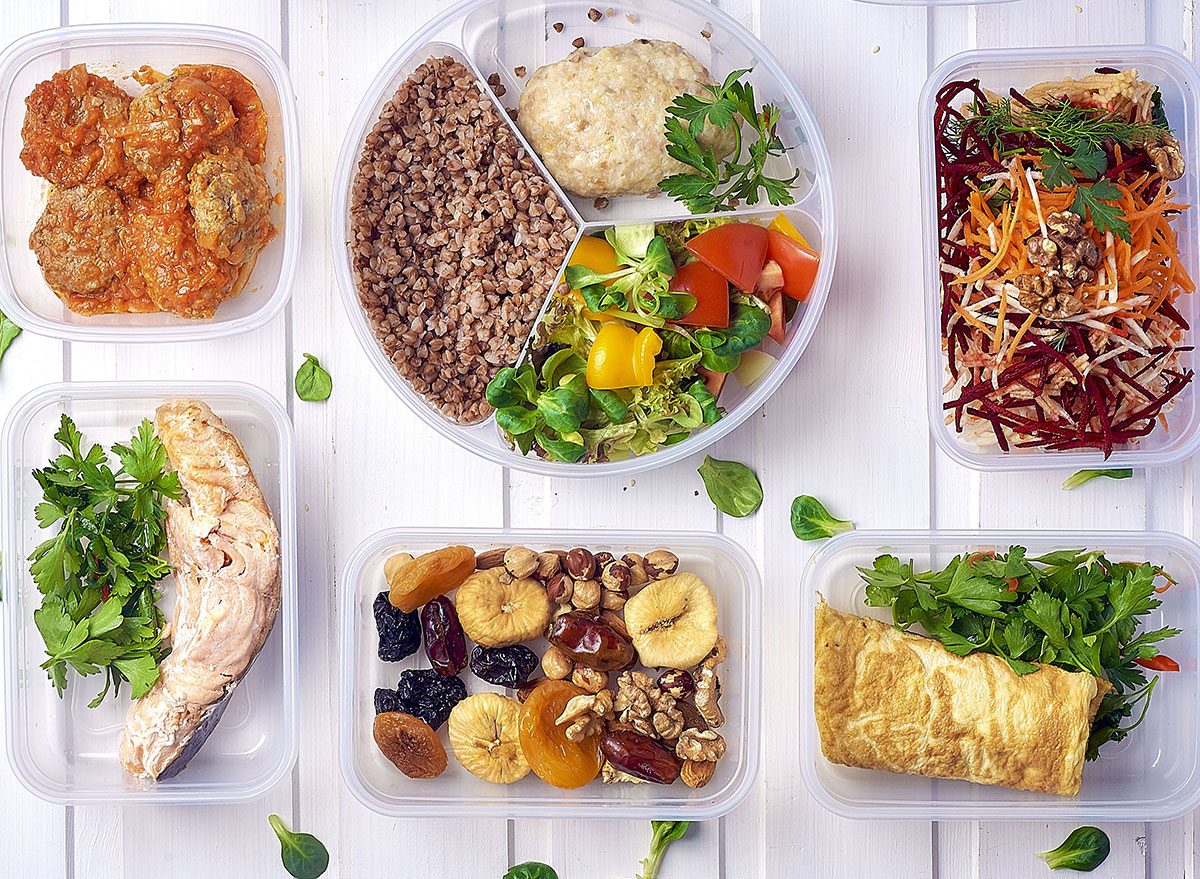
"Make sure when you make a meal that you have a plan for the food that may be leftover for the next day or two," Frank Proto, director of culinary operations at the Institute of Culinary Education, says. "For example, if you use chicken thighs for tacos one night, plan on doing chicken with rice and beans another night that week."
Cook without a recipe.
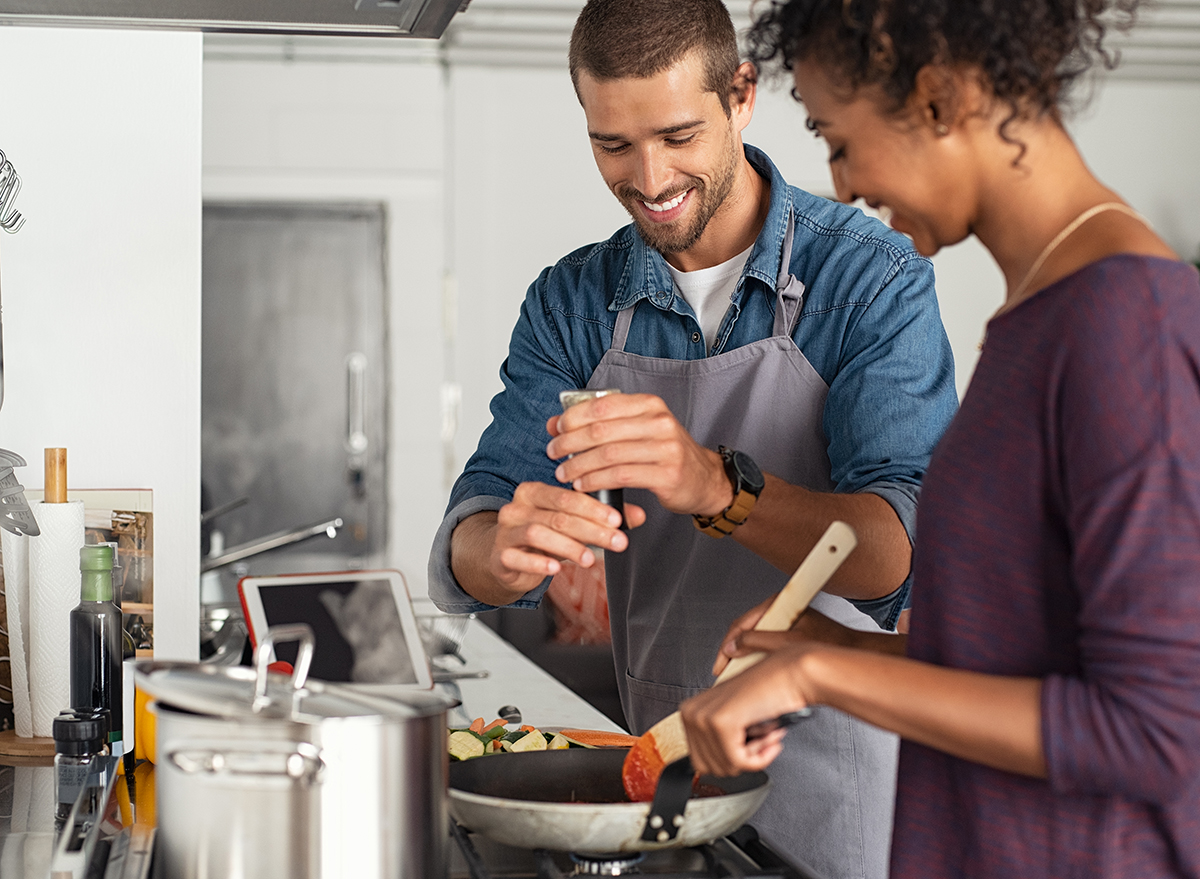
"I find that when people follow a recipe to the letter, they often end up with lots of waste," Barbara Rich, lead chef at the Institute of Culinary Education, says. "Think more about the foods that you like, and spend some time learning basic cooking techniques. That way, you can have cooked foods stocked up in your fridge and make lots of different meals from them."
Rich likes to buy veggies she loves and either blanch, roast, or sautée them, and then pair them with grilled chicken, pasta, and even mock cacciatore.
Reuse and repurpose your food.

One key way to reduce food waste is to get creative by reusing and repurposing your food, Basch says. For example, instead of throwing out carrot tops, Reilly Brock, associate creative director at Imperfect Foods, suggests using those greens and turning them into a sauce.
"Don't toss your carrot tops! They have a similar taste to parsley, so toss them in a sauce like chimichurri to add some flavor," he says. "You can also pair roasted carrots with a sauce made from the greens to make for a great waste-free meal."
Keep your vegetable scraps.
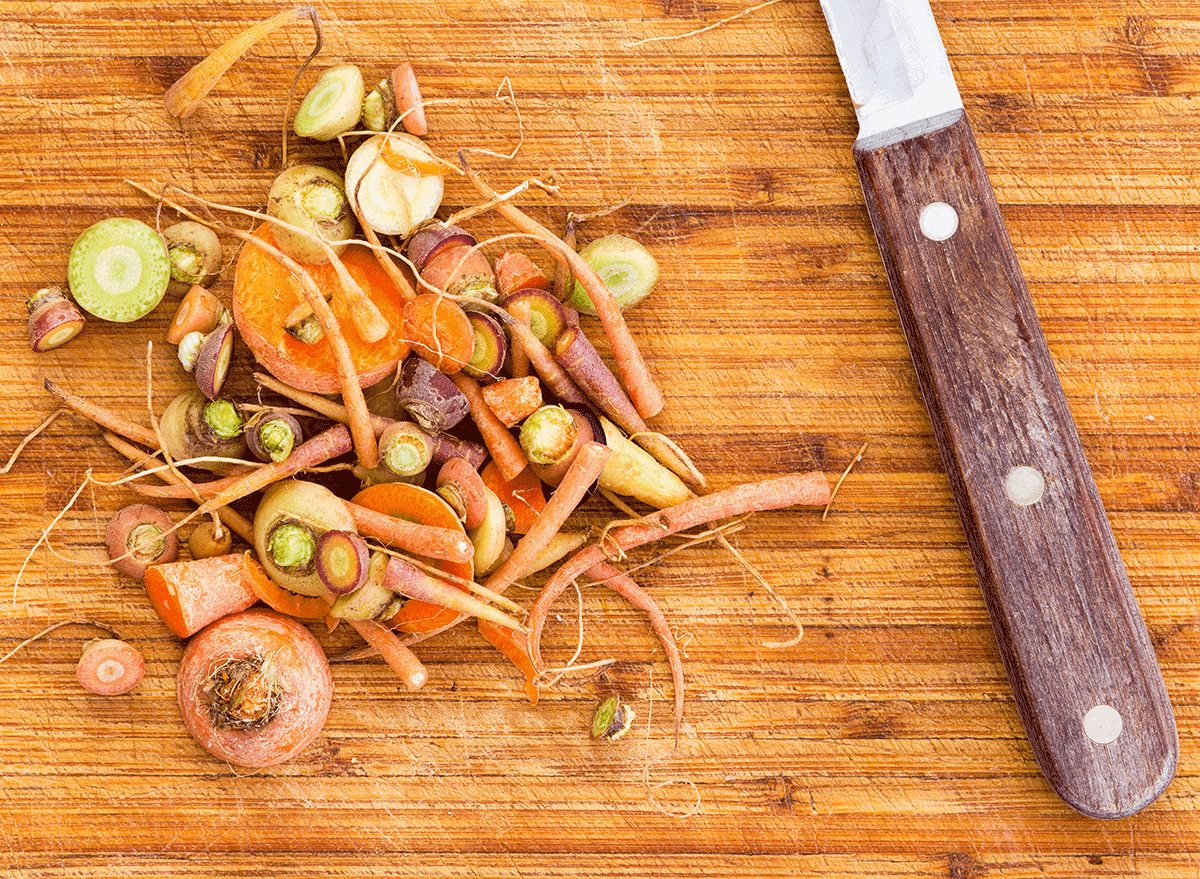
Speaking of reusing your carrot tops . . .
"I have to say the most wasteful thing I see in kitchens is people that throw away their vegetable scraps," Christopher Arturo, chef-instructor at the Institute of Culinary Education, says. "I keep onion ends, carrot trim, mushroom, and herb stems to make my own vegetable or chicken stock. I often then reduce the stock by up to 89%, so it fits in my freezer better."
Socially distance your onions & potatoes.
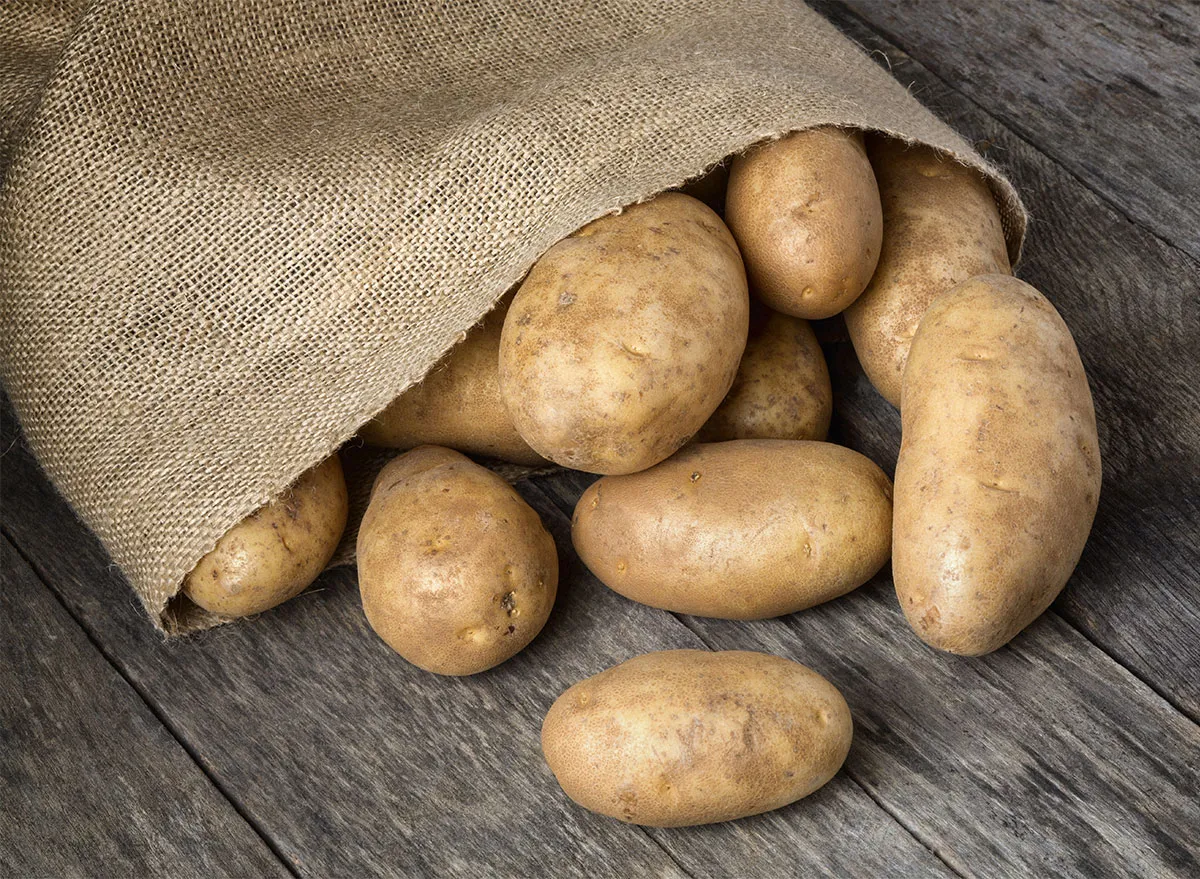
"Simple, everyday actions such as storing our food properly or finding creative ways to use scraps that we usually discard can have a huge impact on decreasing food waste in our food system," Reilly Brock, Imperfect Foods' associate creative director, says. "To extend the life of your onions and potatoes, store them in separate areas in the kitchen. Keep them in cool, dark, well-ventilated places for the most ideal shelf-life."
Shop as if you have limited storage.
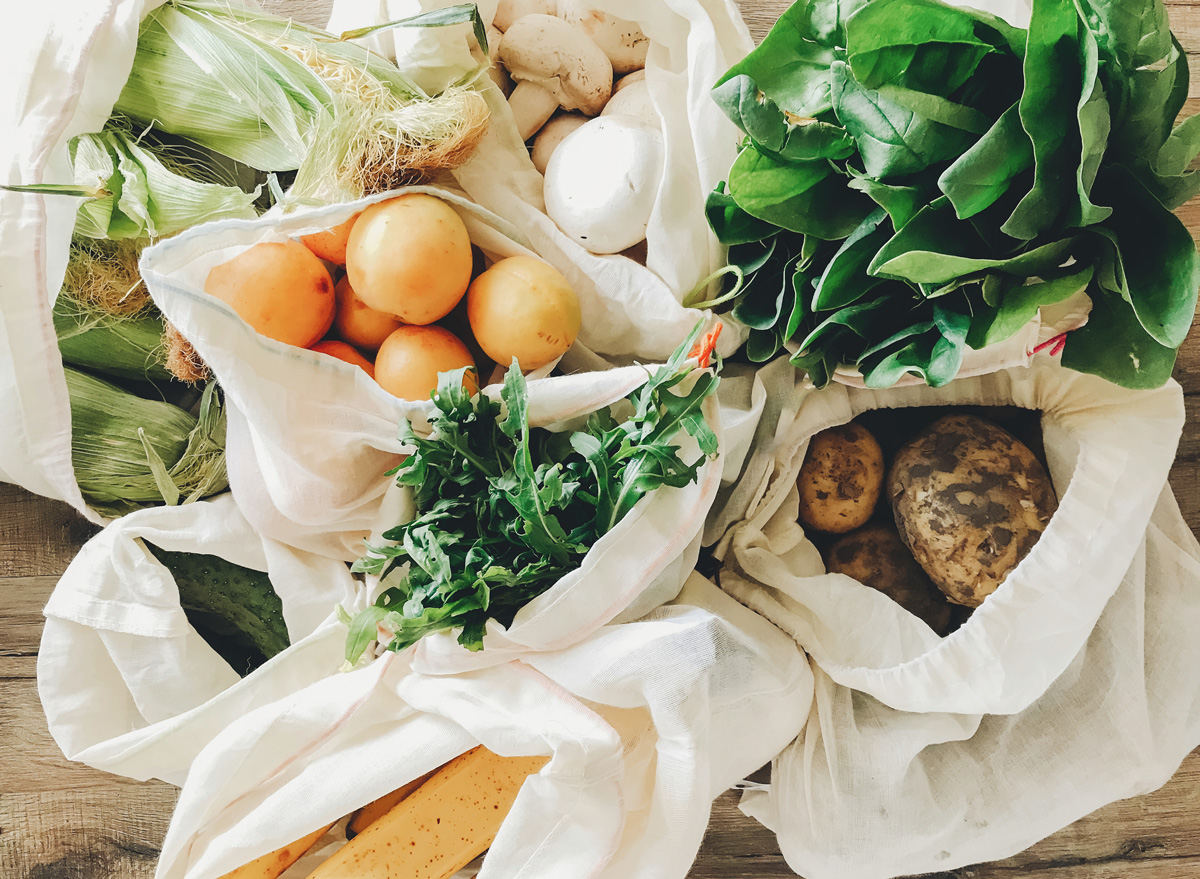
"Buy less food more often. I know people have limited time and tend to do one big shop per week. But, I find that when I do one big shop, I tend to have more waste. Just buy what you need for a day or two," Proto says.
In addition, he suggests participating in a monthly or bimonthly freezer cleanout to prevent foods from undergoing freezer burn, which makes them less palatable!
"Eat what you have in the house," he adds. "Challenge yourself to use only what you have in the house for a week."
Understanding "Best by" vs. "Best before" vs. "Use by"
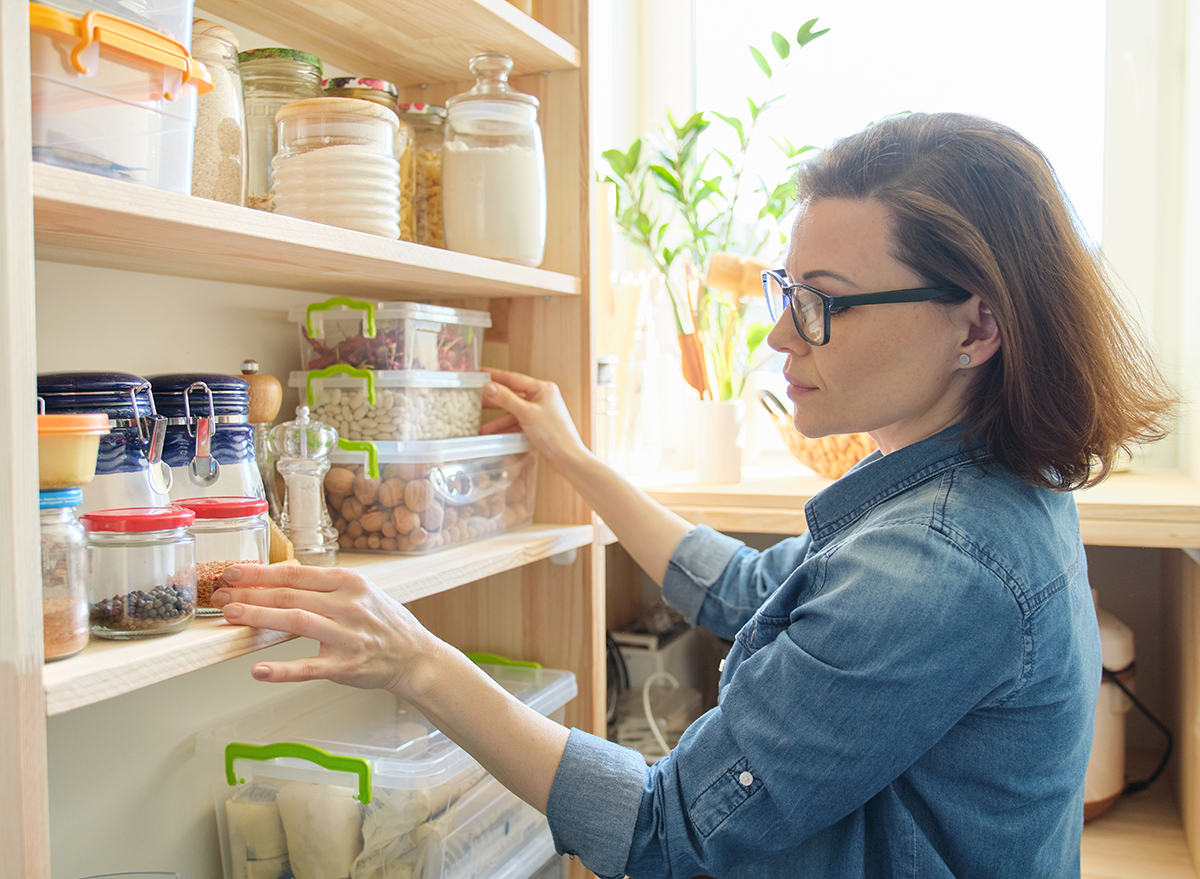
The team at Too Good to Go emphasizes the importance of understanding the difference between "Use by" and "Best by" or "Best before," so that you know if a food's shelf life can be extended.
"Use by" indicates that a food is safe to eat until that date, whereas "Best before" or "Best by" simply means the food item is at its peak or optimal quality until that date. After that specified date, it may lose some of its flavor and texture, but it may still be safe to eat.
Upcycle your coffee grounds.
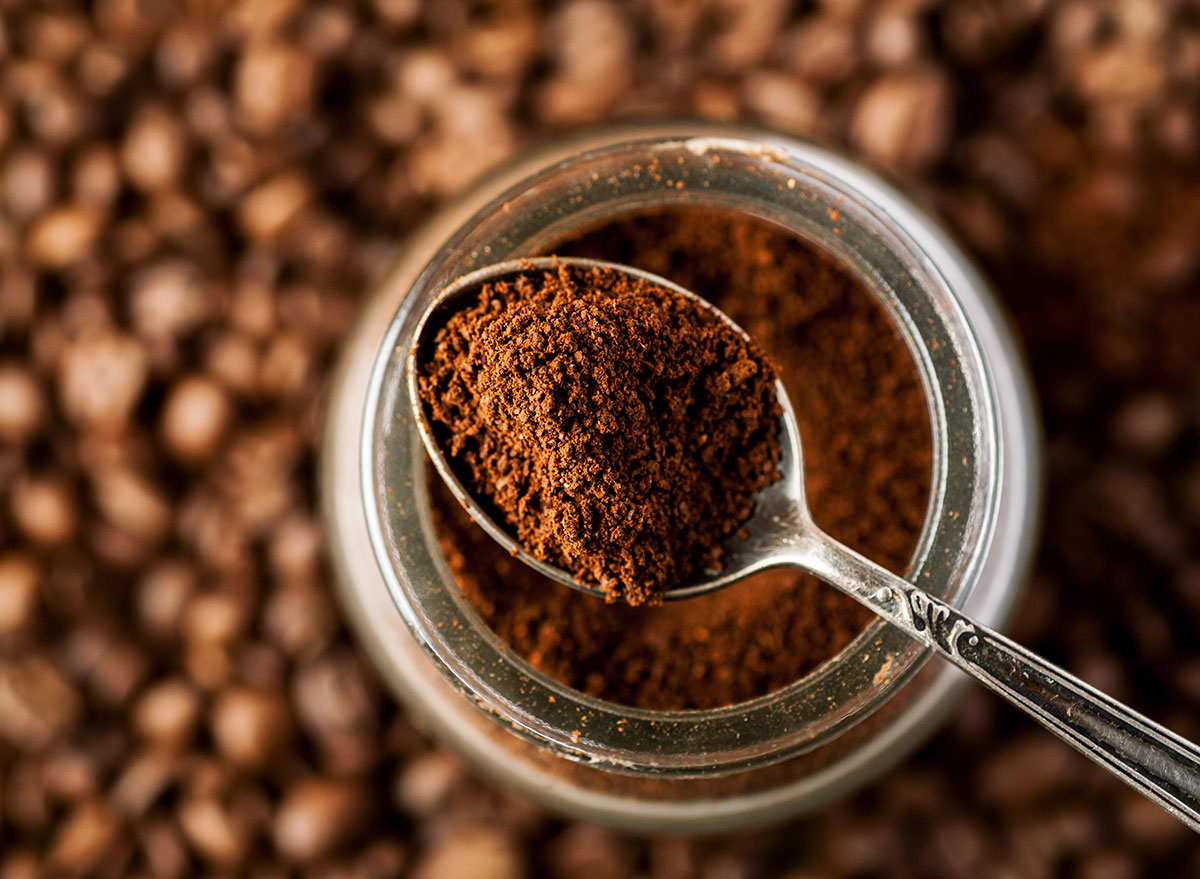
"Coffee grounds are one of the most commonly thrown-out food items in American households. Turn these grounds into a body scrub, food for your plants, or use as a natural fridge deodorizer," Brock says. "You can also use them as an abrasive agent to help scrub burnt food off of pots and pans."
Don't miss 21 Life-Changing Hacks for Using Your Leftover Coffee.
Don't shy away from "ugly" produce.
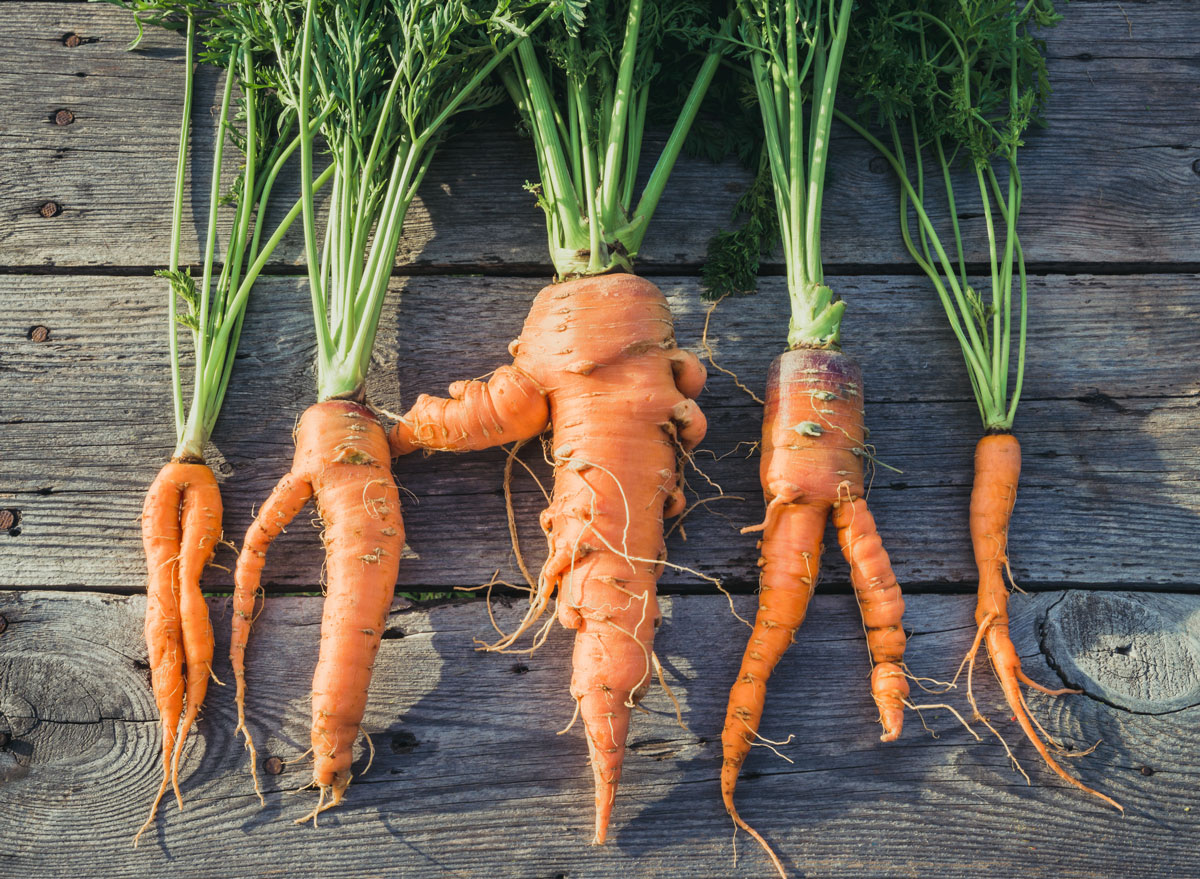
Just because a carrot or tomato doesn't look objectively pretty doesn't mean that it's not equally delicious or nutritious as its beauty queen counterpart found in supermarkets. Remember the team at Imperfect Foods rescues produce, plant-based protein, animal protein and byproducts, snacks, and so many other foods that don't fit grocery stores' standards. There are multiple different ways you can customize your subscription so that you get everything you need week after week.
Use up that wine.
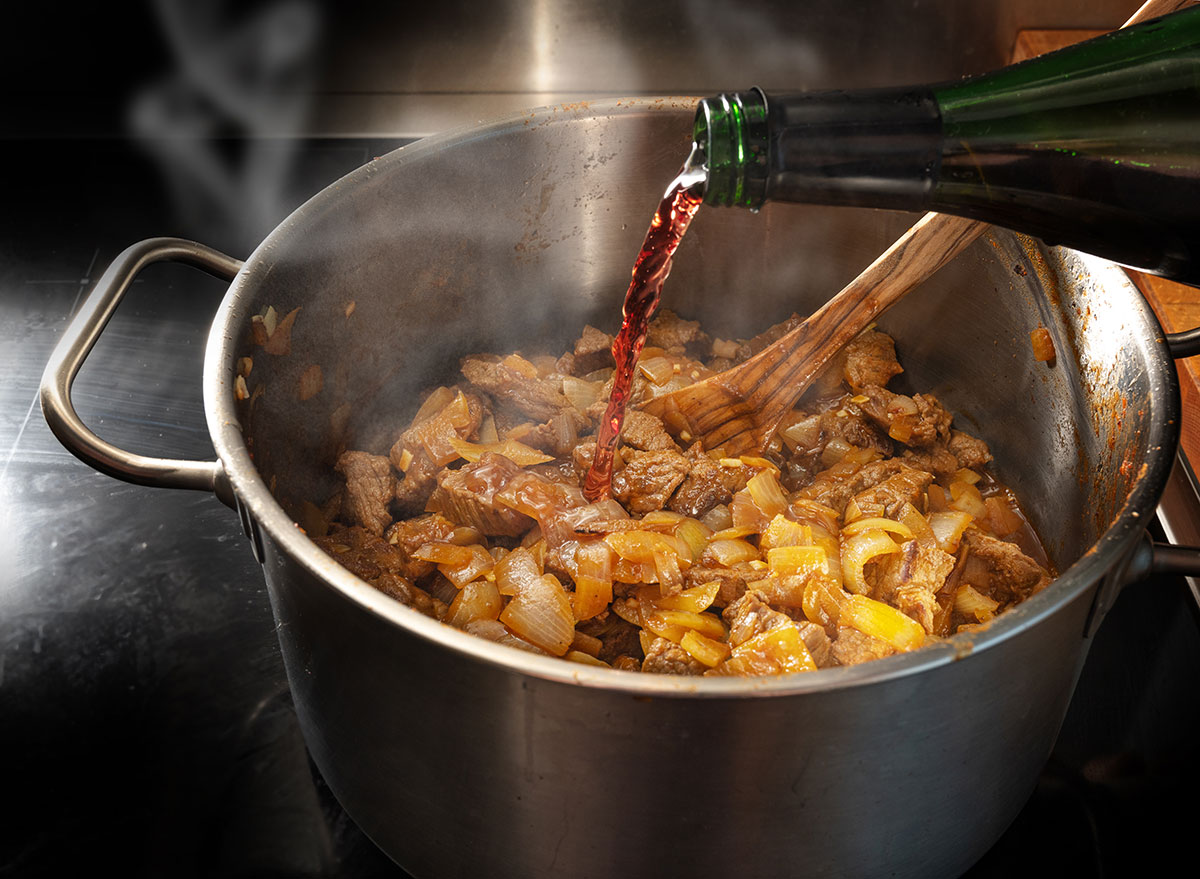
"I always have a bottle of wine with just not enough for a glass, or I left the cork off overnight. I save that wine and add it to my homemade stock," Arturo says. "The number of times I've whipped up a simple ramen with stock leftover from what most people would throw away is unreal."
For additional ideas, be sure to check out 15 Clever Ways to Use Leftover Red Wine!
Learn how to pickle and preserve.
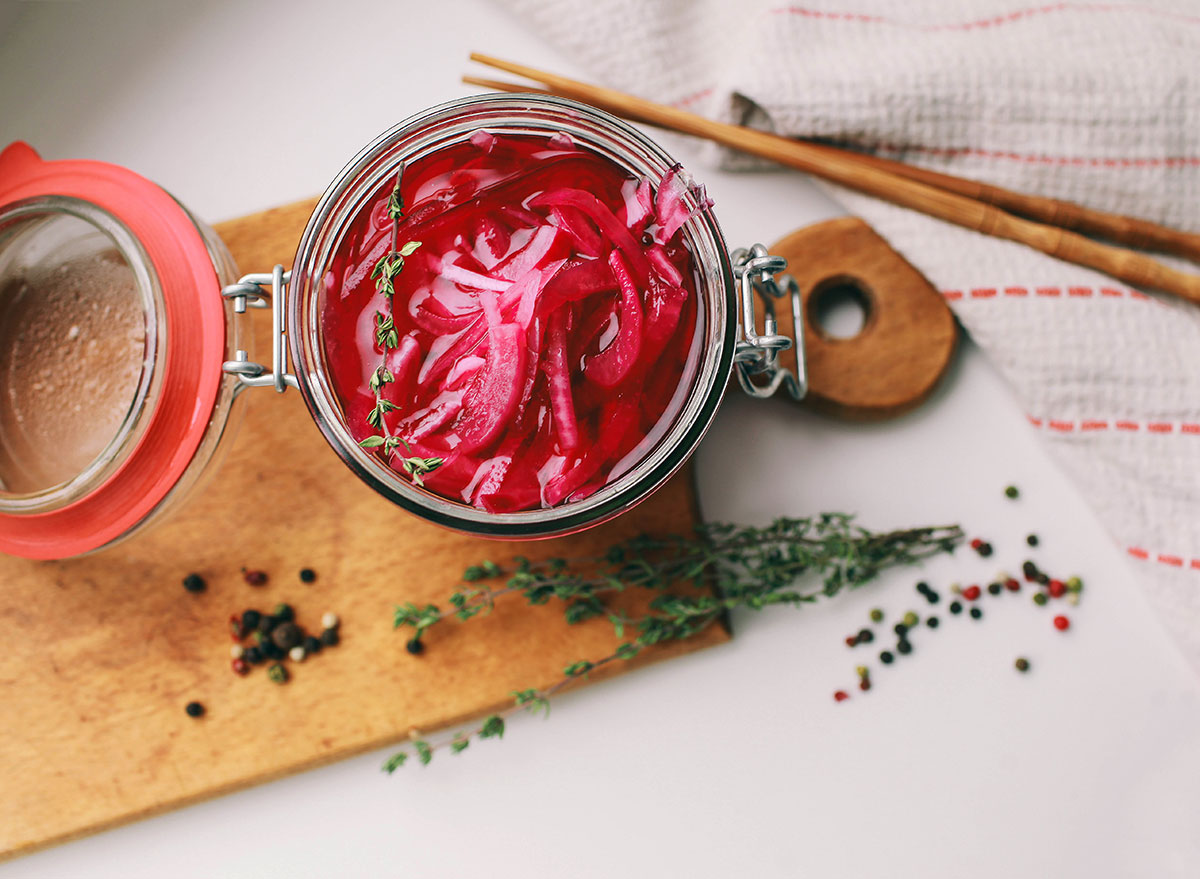
"I do a lot of quick pickles like red onions. I almost always have half of an onion in my fridge. So, I make a brine and throw the onions in for a quick pickle," Proto says. "I use them for salads, tacos, and topping on sandwiches."
Keep your food storage organized.

"Label and date opened product like tomato paste," Proto says. "The more organized you are, the easier it is to see what you have."
For more tips, be sure to read The Best Tips for Cooking With Beer.
